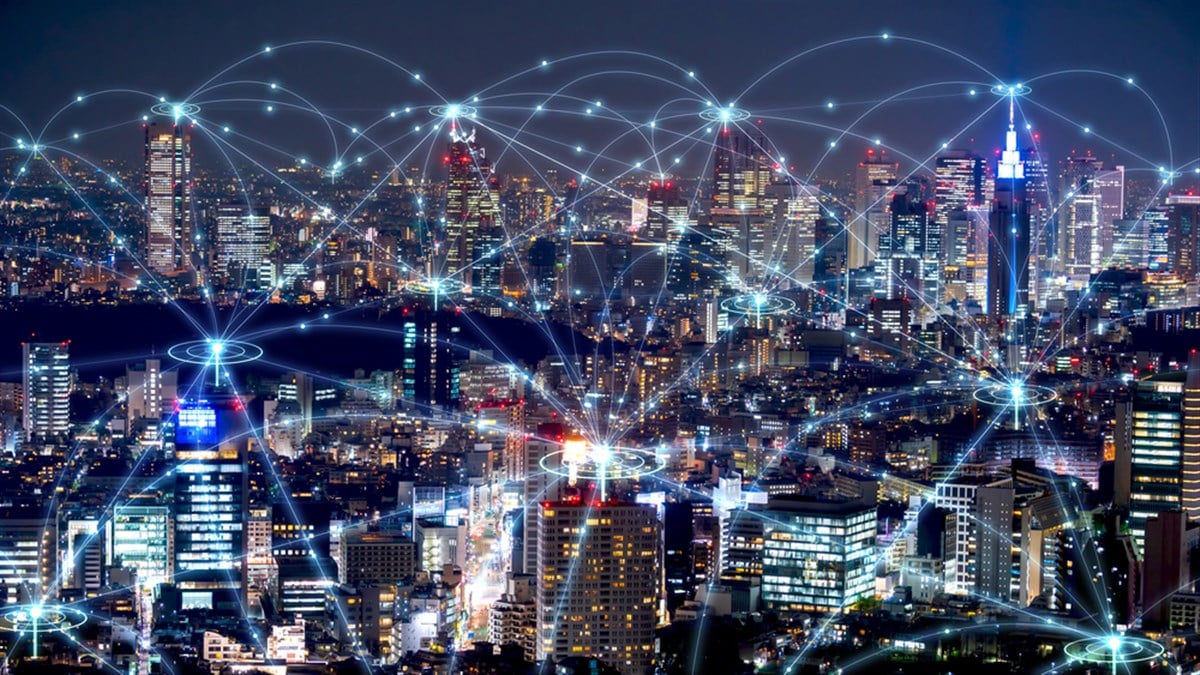
In a market led by chip stocks, the Magnificent Seven, and AI, it’s natural to want to find what might be the next big name in technology. Semtech (NASDAQ: SMTC) is a small to mid-cap firm in the semiconductor industry that specifically focuses on the Internet of Things (IoT) part of the market.
Its shares have appreciated greatly in 2024, up 83%. Meanwhile, the Invesco PHLX Semiconductor ETF (NASDAQ: SOXQ), a barometer for the industry, has returned around 9% this year.
So, what are Semtech's future growth opportunities? Let’s examine the company’s operations to understand what it really does.
Understanding Semtech’s Industry and Products
Semtech is a fabless semiconductor design company, focusing on making analog and mixed-signal chips. Devices that rely on interaction with the physical world incorporate analog chips. These chips do things like help regulate the temperature of a device or the speed of a car, for example.
Analog chips contrast with digital chips. Digital chips go into computers to execute tasks and applications, but the results are purely digital and do not affect the physical world. Mixed-signal devices use both analog and digital functions in a single chip to achieve their purpose.
Some interesting aspects of the analog market that differ from the digital market are that the product life cycle is longer. New state-of-the-art chips do not need to constantly come out to compete.
There also tends to be a dearth of talented labor in analog compared to digital. Because the market is relatively smaller, universities do not emphasize analog skill sets, so individuals must learn these skills more on the job. This dearth of talent can make it difficult for new players to enter the market.
Understanding Semtech’s Segments & the Futuristic Applications of Its Technology
Semtech has seen wild fluctuations in which of its segments make up the majority of its revenue over the years. Its Analog Mixed Signal and Wireless segments are largely based on its Long Range (LoRa) technology, in which it is a market leader.
LoRa technology allows devices to transmit data over long ranges, even in dense areas, while using low amounts of power. This technology is integral to the idea of “smart cities." The city could put LoRa sensors into a variety of equipment that is responsible for monitoring its status.
If a street light malfunctions, the sensor can quickly send that information to a maintenance facility to alert them that it needs fixing. A big benefit of LoRa is that its low power usage reduces electricity consumption or the need to charge devices frequently.
Revenue in this segment plummeted by 41% in 2023, but has experienced year-over-year growth of 19% through the first six months of 2024. The segment made up 35% of sales last quarter.
The other largest segment is IoT Systems and Connectivity. The segment was put on the map for Semtech largely due to its acquisition of Sierra Wireless. Revenue in this space skyrocketed by 2,773% in the year of the acquisition. Last quarter, it made up 37% of revenues.
This segment works toward the similar end of creating “smart connectivity." Semtech bought Sierra’s cellular wireless technology. It is much higher in bandwidth than LoRa. This means the technology is better suited for devices that require real-time data, like video monitoring or autonomous transportation. It could also promote things like more efficient parking. Sensors in parking spots, linked to a city app, would show open spots. They could also charge users for the exact time parked instead of using a meter.
The Big Vision for Semtech: Smart, Connected Cities
In a world where smart cities really start to gain traction, Semtech could be a giant winner. We already see this, as the company’s main revenue source is in China, where this idea is really being pioneered. The combination of Semtech’s LoRa and high-speed cellular technologies could create a web of smart city connectivity.
LoRa would handle use cases that require less immediate data transfer, like detecting how full a trash bin is. Meanwhile, cellular tech could, for example, monitor street traffic in real time. It would allow lights change more efficiently, getting people where they need to go faster. Such developments could greatly increase productivity in a city and reduce city costs over time.
This could increase economic growth and citizen satisfaction in many cases, providing a strong incentive for Semtech’s technology.